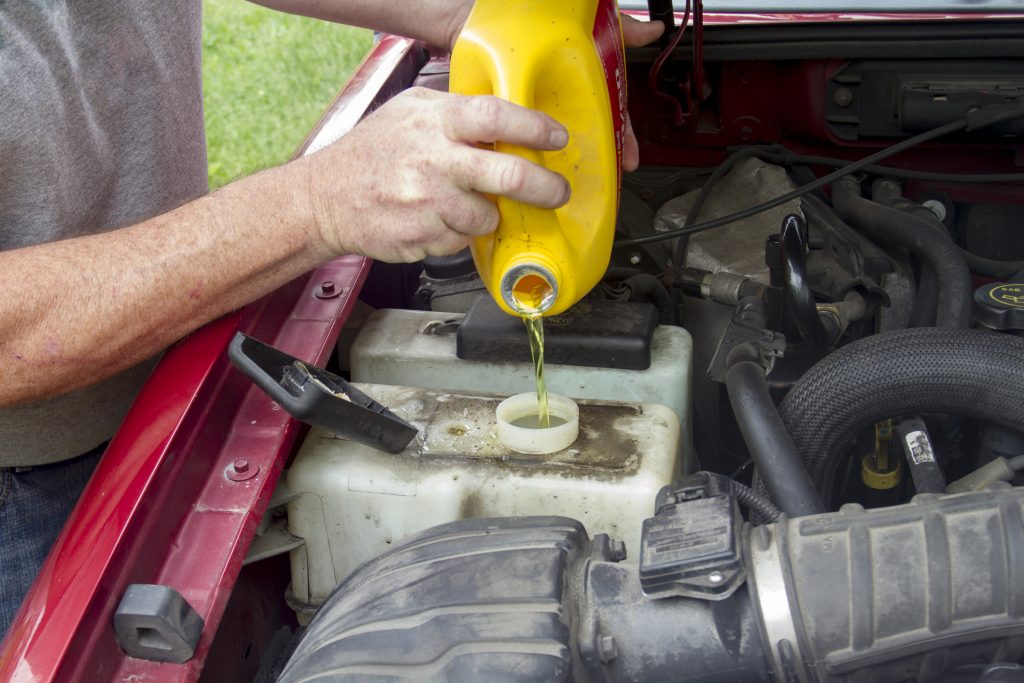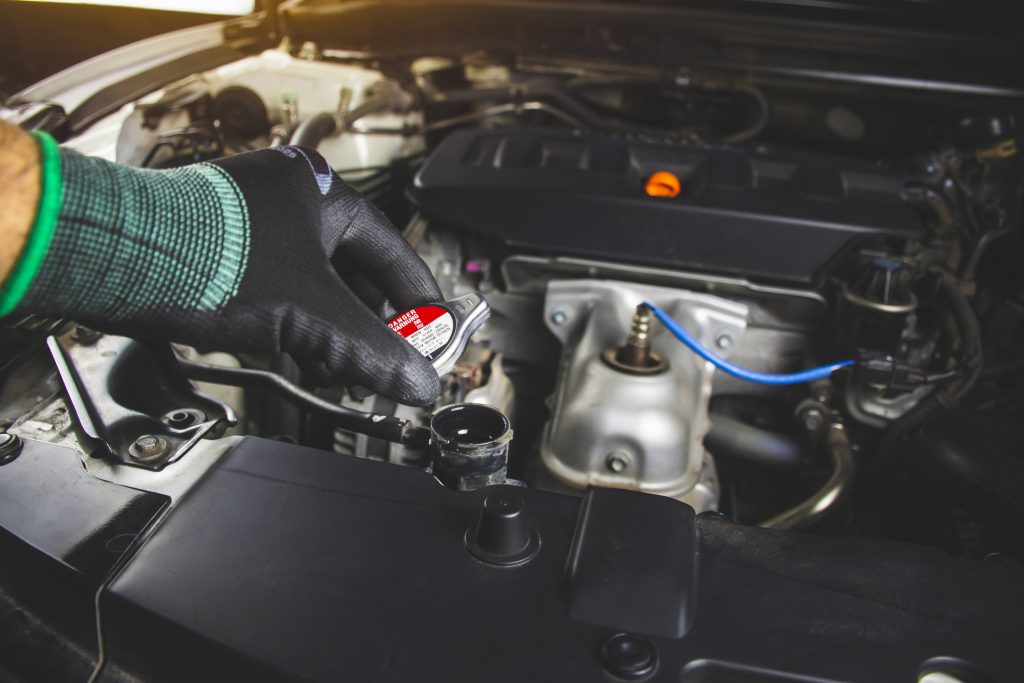Your vehicle’s engine runs hot, and without a properly functioning cooling system, it can overheat and suffer major damage. One essential maintenance task to keep your cooling system in top shape is a coolant flush. But what exactly is a coolant flush, why does it matter, and can you do it yourself?
In this guide, we’ll walk you through everything you need to know, from spotting signs that your coolant needs flushing to step-by-step instructions on how to get it done. Whether you’re a DIY enthusiast or considering professional help, this article will explore what you need.
What is a coolant flush?
A coolant flush, also known as a radiator flush, is the process of removing old, contaminated antifreeze (coolant) from your vehicle’s cooling system and replacing it with fresh coolant. This procedure not only gets rid of old fluid but can also clear out rust, scale deposits, and other debris that can accumulate in the system over time.
Coolant is crucial because it regulates your engine’s temperature and prevents it from overheating or freezing in extreme weather. Over time, coolant breaks down and becomes less effective, which is why flushing it consistently is needed.
Is a coolant flush necessary?
Yes, as alluded to previously, coolant flushes are vital for the long-term health of your engine. Over time, the coolant degrades and becomes acidic, which can corrode internal components like the radiator, heater core, and water pump. A neglected cooling system may lead to:
- Overheating, potentially warping the engine block or head gasket.
- Clogged radiators due to sediment build-up.
- Cooling system leaks that can be expensive to repair.
- Reduced heater performance during colder months when you need your radiator most.
Regular coolant flushes help avoid these issues and maintain efficient engine operation.
Signs you need a coolant system flush
Wondering whether your car is due for a coolant flush? Keep an eye out for these common warning signs:
Sweet smells
If you notice a sweet, syrupy odor whilst the engine is running or after you park, it could be leaking coolant. This is often a sign of a worn-out or contaminated system.
Odd noises
Gurgling or bubbling noises coming from the radiator or under the hood may indicate trapped air in the coolant system, often caused by blockages or low fluid levels.
Overheating
If your temperature gauge frequently spikes or you notice steam coming from under the hood, your coolant may have deteriorated and become ineffective.
Low coolant levels
Consistently needing to top off your coolant could suggest internal leaks or inefficient fluid circulation.
Leaks
Visible coolant leaks under your vehicle or around the radiator cap, hoses, or reservoir can indicate degraded coolant that’s compromising seals and gaskets. These leaks can often be fixed by using K-Seal.
Heater malfunctions
If your car’s cabin heater isn’t blowing warm air, it might be due to a clogged heater core which is a problem often linked to neglected coolant.

How to flush a coolant system
You can opt to have a coolant flush performed professionally, which is often recommended if you’re not comfortable working under the hood. A professional flush typically includes a system pressure test and inspection of all cooling components. However, for the confident DIYer, a coolant flush is manageable with some care and the right tools.
DIY coolant flush steps
Tools and supplies needed
- New coolant (refer to your owner’s manual)
- Distilled water
- Radiator flush solution
- Funnel
- Drain pan
- Gloves and protective eyewear
Steps to flushing your coolant
Ensure to wear safety googles and protective gloves throughout the radiator flush process.
- Cool and prepare
- Park on level ground, apply wheel chocks.
- Let the engine cool for 2+ hours.
- Wear gloves and goggles. Keep coolant away from pets/kids.
- Inspect and clean
- Open hood and inspect radiator/hoses for cracks or leaks.
- Replace any worn hoses.
- If accessible, carefully clean radiator exterior with soapy water and a brush. This step is optional.
- Remove radiator cap
- Only after the engine is fully cool, press down and twist the radiator cap to remove, or remove the expansion tank cap where necessary.

- Drain old coolant
- Place a pan under the radiator / coolant drain valve (petcock).
- Open valve and drain coolant completely.
- Close the valve.
- Flush with water and flush product
- Fill the cooling system with distilled water and flush solution.
- Replace the cap.
- Run the engine for 15 minutes with the heater on max.
- Let the engine cool, then drain again.
- Optional: deep flush
- Remove the lower radiator hose to clear more sediment.
- Rinse system with garden hose or distilled water.
- If using a flush kit, perform backflush as per instructions.
- Final drain
- Ensure all flush water is drained from the radiator and block.
- Collect fluid safely for proper disposal.
- Refill with coolant
- Add new coolant (50/50 mix or premixed, refer to vehicle manual) via coolant filler cap. (Ensure drain valve is closed first).
- Open any bleed valves to release trapped air.
- Bleed the system
- Run the engine for 15 minutes with the radiator / coolant cap off and heater on.
- Watch for air bubbles, top off coolant as needed.
- Clean up and dispose
- Wipe spills and recheck for leaks.
- Dispose of old coolant according to local authority recommendations—never pour coolant down the drain.
How much does a coolant flush cost?
The cost of a coolant flush can vary depending on your vehicle and whether you go the DIY or professional route:
- Professional service: Typically ranges from £50-£150, including labour, disposal fees, and high-quality coolant.
- DIY approach: Expect to spend around £20 to £50 on coolant, distilled water, and basic tools, assuming you already have items like gloves and a drain pan.
Whilst professional services are quicker and include a full system check, DIY flushing offers savings and a satisfying sense of accomplishment if done properly.
Regular coolant flushes are a small investment in preventing major engine problems. Whether you take your car to a shop or do it yourself, staying on top of this maintenance task will keep your vehicle running cool and smooth for years to come.